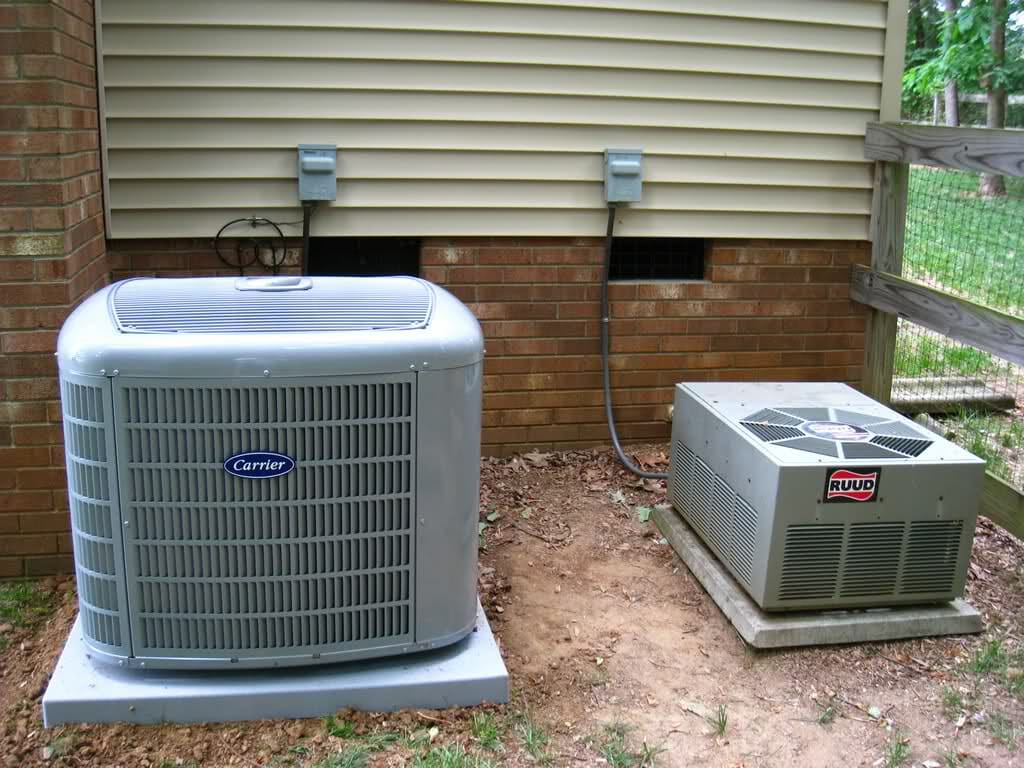Focusing on customer satisfaction is a top priority in any home improvement business. When you have happy homeowners, then your business thrives. Not only does it feel good to make your customers happy, but these positive outcomes result in good reviews, referrals, and repeat business.
One critical factor in ensuring your customers are thrilled with their services is to build a strong working relationship with the subcontractors who are also supporting the project.
For example, as a roofing contractor, you will likely need to work with other providers in the construction industry to complete a project. Unfortunately, there are situations when working with subcontractors can be challenging, which could negatively impact customer satisfaction.
Follow these three effective strategies to build solid relationships with subcontractors, which will help ensure your homeowners are happy.
Strategy #1: Meet with the Homeowner
Having a clear and thoughtful conversation at the beginning of the project helps you understand more about the homeowner’s desires and goals. The success of the project depends on collaboration with everyone involved, and it starts with communication.
Start by setting up a time to meet with the homeowner, subcontractor, and other people supporting the project. Keep all parties in the loop from the beginning to establish a professional relationship that contributes to completing the project.
Strategy #2: Keep Open Lines of Communication
Now that everyone is starting on the same page, ongoing communication is key to sticking with the timeline and easing the stress of the project. Maintaining transparency is an integral part of project management. You will need to discuss potential challenges, goals, updates, delays, material procurement, and anything else that will affect the delivery and installation teams.
Teamwork is what drives success and helps you achieve deliverables on the project. To be effective, you need to communicate with all subcontractors early and often. This precise communication results in a happy homeowner, opening opportunities for referrals for your business down the road. Additionally, keeping open lines of communication with subcontractors can also help your team in the event they need to overcome permit delays.
Strategy #3: Qualify Subcontractors Before Hiring
When you need subcontractor support for a home improvement project, always do your homework to hire a reputable team. Qualify before hiring – and you will not only set yourself up to run a successful project, but you also reduce the risk of avoidable issues.
You are going to be working with this subcontractor throughout the entire project. Because of this, you need to make sure that you trust the contractor to carry out the job professionally, as their performance will reflect directly on your business. As you learn how to hire subcontractors, look for these qualifications:
- Confirm licensing, certifications, and insurance coverage
- Check the subcontractor’s safety record and project history
- Research their previous projects for insight about work ethics and results
Sign a Contract Before Starting the Project
Before you move forward with the necessary work, make sure you outline the specifics of the job. Having a written agreement minimizes confusion or miscommunication about the expected scope of work.
Maintain a professional relationship by skipping the handshake agreement. A signed contract ensures that contractors and subcontractors maintain their share of responsibility and deliverables to contribute to the project’s overall success.
Build Ongoing Relationships with Subcontractors
Developing a network of subcontractors is a great way to expand your business without bringing on the overhead of more employees and equipment. Building a good working relationship with other providers allows you to better serve homeowner’s needs amidst seasonal and significant project demands. Plus, many contractors find that working with subcontractors is an effective strategy for cost savings and overall quality.









